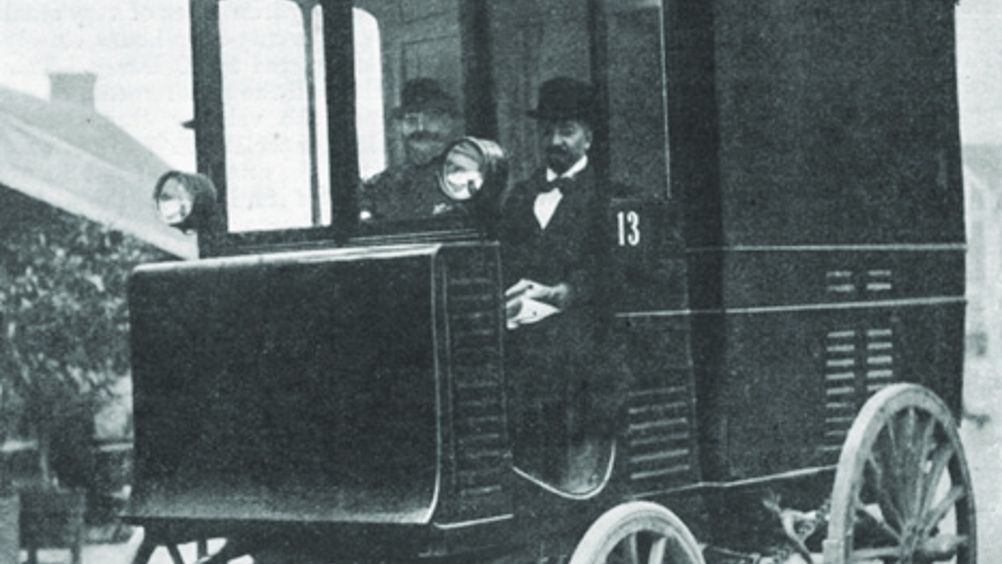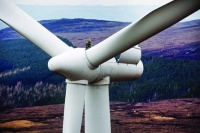Making history
A trawl of engineering’s pre-digital age could become a valuable part of the innovation process.


Most evidence, though, is anecdotal. For instance, Chapman cites the example of a biofuel breakthrough inspired by the 50-year-old PhD paper of an industry reasearcher’s former university colleague. However, he is hopeful that the study – the first empirical study of its kind – will throw up plenty of good examples.
The research councils spend hundreds of millions of pounds a year on new research, so it would be interesting to find out the value of old research,
Adrian Chapman, Oakdene Hollins
If the study is able to determine that this is a process that happens fairly regularly, the next step, according to Chapman, will be to attempt to put some value on this form of historical technology transfer. If his group can achieve this, he hopes it could lead to a fundamental revaluation of historic research and a trawl of engineering’s pre-digital age as a valuable step in the innovation process.
Register now to continue reading
Thanks for visiting The Engineer. You’ve now reached your monthly limit of premium content. Register for free to unlock unlimited access to all of our premium content, as well as the latest technology news, industry opinion and special reports.
Benefits of registering
-
In-depth insights and coverage of key emerging trends
-
Unrestricted access to special reports throughout the year
-
Daily technology news delivered straight to your inbox










Water Sector Talent Exodus Could Cripple The Sector
Maybe if things are essential for the running of a country and we want to pay a fair price we should be running these utilities on a not for profit...